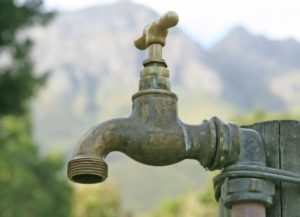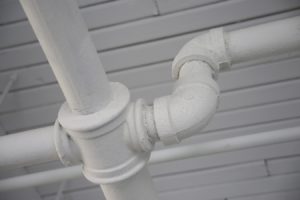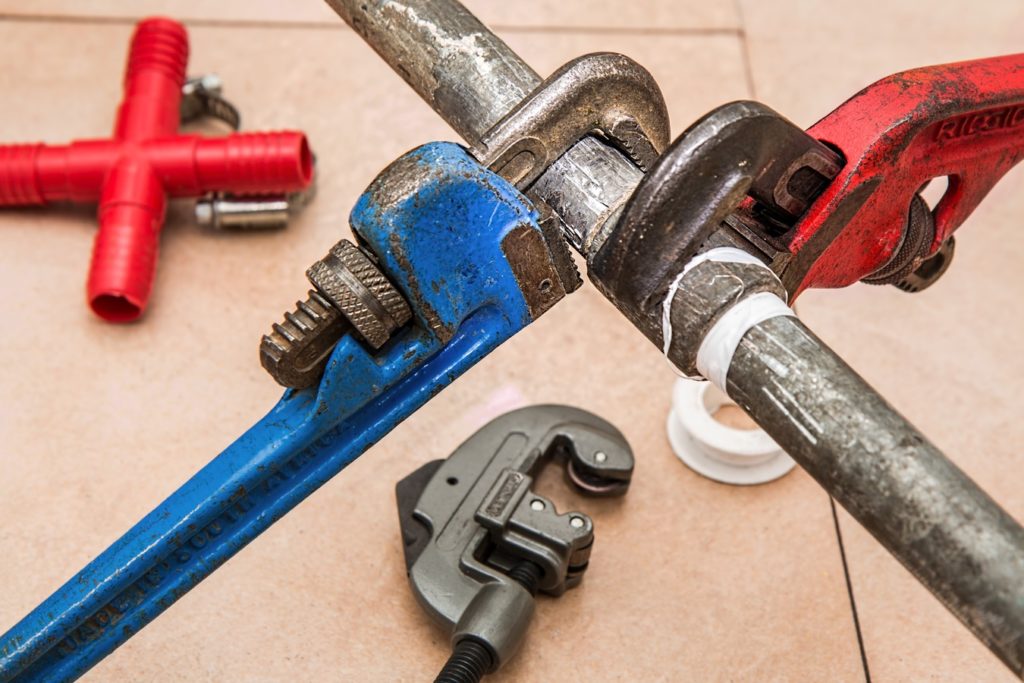Plumbing holds a crucial role in our wellbeing. The shower water runs through the pipes to the faucets, shower heads, and toilets. If there is leakage, the water may get contaminated with unwanted materials and may have unpleasant odors. Water that escapes the pipes will also damage the building structure. When plumbing problems are ignored for a long time, the consequence can look wholly messy and be expensive to undo.
Given those facts, you need to know that severe plumbing damage can be prevented with small steps of maintenance and improvement.
Get Real! Get the Plumbers!
 DIY (Do-It-Yourself) attitude has been growing since the easy access of the Internet. Most people think they know about a particular subject only by streaming tutorial videos and reading articles published online. However, the real deal requires real skill and experience, which also applies when we deal with plumbing.
DIY (Do-It-Yourself) attitude has been growing since the easy access of the Internet. Most people think they know about a particular subject only by streaming tutorial videos and reading articles published online. However, the real deal requires real skill and experience, which also applies when we deal with plumbing.
We can buy the most technologically advanced leak detectors, watch hours of sealing pipes tutorials or even read tens of book on plumbing but we cannot beat the professional’s experience. Moreover, you do not want to risk the quality of the repair because poor repair can cause the same damage twice. What a waste of time and money, isn’t it?
Therefore, get yourself a professional plumber to do a check-up on your house’s plumbing. And it will be better if the service includes residential plumbing, commercial plumbing, sewer pipelining, and sewer pipe repair/replacement.
Soften Your Hard Water
The second option of preventing plumbing damage is by softening the water with a water purifier. Some regions have water with a high consistency of calcium, manganese, and magnesium carbonate. When that water enters a pipe, it will create mineral buildups that can both clog and degrade the pipe.
To check the hardness of your house’s water, you can use a water test kit that you can find online. For example, Watersafe WS425B is a test kit with a complete identification function that even detects heavy metal, bacteria, pesticides, and other common contaminants.
After you know your water’s stats, here are your water softener options: salt-based ion exchange, salt-free water, dual-tank, and descaler. All of them are a whole-house softener system, meaning that they need to be installed on the water entry point.
Winterize Your Plumbing
 When the winter comes, you need to prepare your outdoor pipes to face the temperature drop. A conventional plumbing system will have some lines that go for outdoor water use and the others that are for the house’s water supply. For the outdoor pipes, you need to use an air compressor to blow out water remains before they turn to ice, and seal the outdoor valves.
When the winter comes, you need to prepare your outdoor pipes to face the temperature drop. A conventional plumbing system will have some lines that go for outdoor water use and the others that are for the house’s water supply. For the outdoor pipes, you need to use an air compressor to blow out water remains before they turn to ice, and seal the outdoor valves.
For the house’s water supply, you need to provide the pipes with sleeve insulation. You can also maintain a steady heat by installing either a heat tape or heating cable. Adjust your setting according to the way the plumbing lines are connected. If you feel confused, you should not hesitate to call a plumber for assistance.

